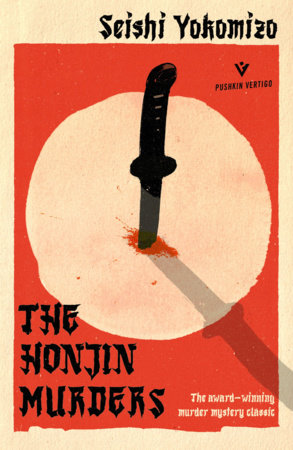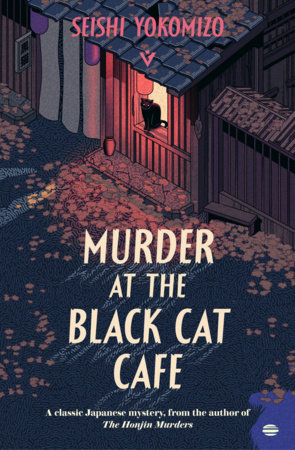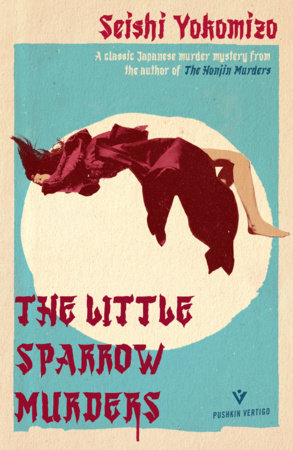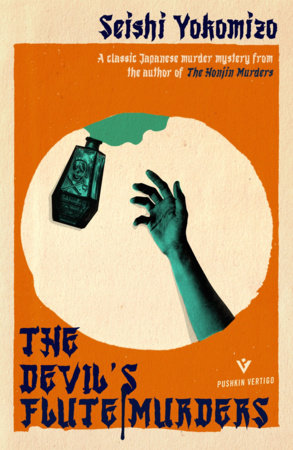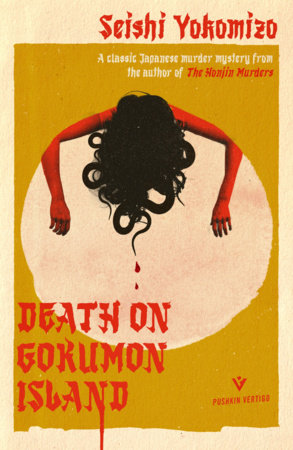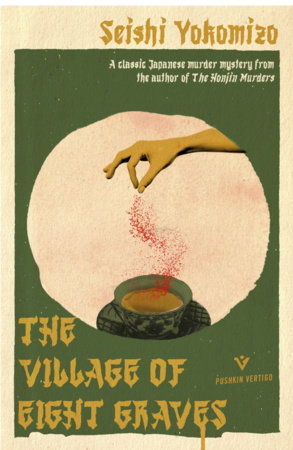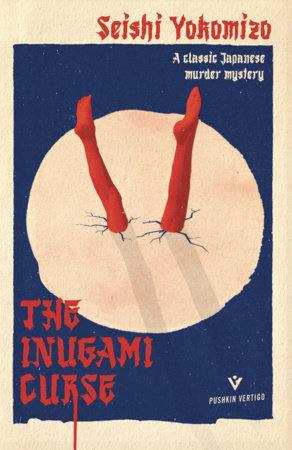The Honjin Murders
Seishi Yokomizo
Paperback
August 4, 2020 | ISBN 9781782275008
AmazonBarnes & NobleBooks A MillionBookshop.orgHudson BooksellersPowell'sTargetWalmart
Ebook
August 4, 2020 | ISBN 9781782275015
AmazonApple BooksBarnes & NobleBooks A MillionGoogle Play StoreKobo
About the Book
In the winter of 1937, the village of Okamura is abuzz with excitement over the forthcoming wedding of a son of the grand Ichiyanagi family. But amid the gossip over the approaching festivities, there is also a worrying rumour - it seems a sinister masked man has been asking questions around the village.
Then, on the night of the wedding, the Ichiyanagi household are woken by a terrible scream, followed by the sound of eerie music. Death has come to Okamura, leaving no trace but a bloody samurai sword, thrust into the pristine snow outside the house. Soon, amateur detective Kosuke Kindaichi is on the scene to investigate what will become a legendary murder case, but can this scruffy sleuth solve a seemingly impossible crime?
Yokomizo is perhaps the most popular and feted crime writer in his country’s history. His richly atmospheric classic mysteries are a treat for any fan of Golden Age whodunits, taking the reader all over post-war Japan, from remote mountain villages to pirate-plagued islands and the bustling streets of Tokyo. Yokomizo loved to craft ingenious puzzle plots, inspired by the greats of British and American crime, such as John Dickson Carr or Agatha Christie, while his detective, Kosuke Kindaichi, is everything a reader could want from a sleuth: brilliant, eccentric, charming, and unassuming enough to be fatally underestimated by many a murderer. . .


